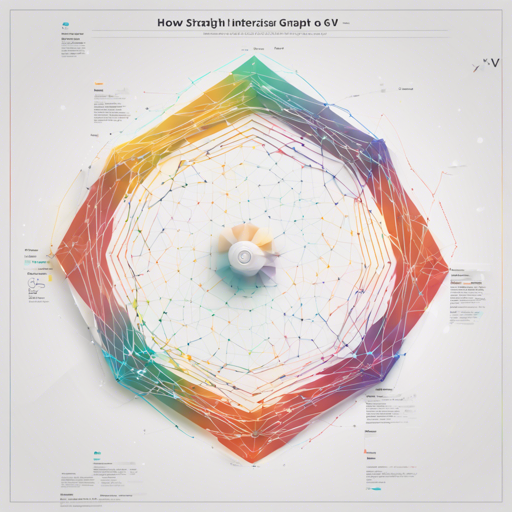If you’re looking to delve into the world of graph analysis, then G6VP (formerly known as AntV Graph Insight) is an online visual analysis tool tailored for building graph applications. In this comprehensive guide, we’ll walk you through the steps to get started with G6VP, along with some troubleshooting tips along the way.
1. Quick Start
- Site: insight.antv.antgroup.com
- Documentation: www.yuque.com/antv/gi
2. Create a Dataset
Before you can analyze any data, you’ll first need to create a dataset. This can include local formats such as JSON, CSV, or XLSX, or you can use a graph database like TuGraph, Neo4j, and others. Think of this step as preparing ingredients before cooking a meal. Without your ingredients, you can’t whip up that delicious dish!
3. Create a Workbook
With your data ready, the next step is to create an analysis canvas. During this step, you can choose various templates to serve as your base layout. It’s akin to selecting a canvas for your artwork; your template can greatly influence the final outcome!
4. Configure the Canvas
Once inside the canvas, use the Style and Layout options in the sidebar to customize the visual representation. Just as a director assembles the elements of a scene in a play, you can configure the entire application and graph analysis capabilities from the Components navigation panel.
5. Remember to Save Timely
Always remember to save your progress by clicking the Save button at the upper right corner. This is like taking a snapshot of your progress in a video game; you don’t want to lose your hard-earned achievements!
6. Export SDK
If you need to continue development, simply click the Export button to export the source code of the canvas. Supported formats include HTML, CDN, and NPM, which provide options for developers to perform secondary development and independent deployment.
7. Explore More Surprises
G6VP comes with many compelling functions. You can browse the Open Market Asset List to discover various interesting analysis features. Think of this as exploring a treasure chest filled with unique assets ready to enhance your analysis projects!
8. Developing with G6VP
G6VP uses pnpm to manage its repository. Before jumping into installation, ensure that your Node.js version is 14 or above, as per the pnpm’s compatibility statement.
8.1 Install Dependencies
To install all dependencies, execute:
bash pnpm install8.2 Start Insight Site
Navigate to the packages folder and start the site with:
bash cd packages/gi-site
npm run startFor additional development and build issues, refer to the CONTRIBUTING documentation.
9. Supported Data Sources
- TuGraph DB
- TuGraph Analytics
- GraphScope
- HugeGraph
- Galaxybase
- Neo4J
- JanusGraph
10. More Reading
- G6VP, the ultimate weapon for relationship data analysis, is open-source now!
- The demand list for internal graph visual analysis from a first-tier company is revealed
- Application of G6VP in supply chain vulnerability analysis
Troubleshooting
If you encounter any issues while setting up or using G6VP, here are some troubleshooting ideas:
- Ensure that your Node.js version is correct. Use nvm to switch if necessary.
- Check your internet connection if facing issues with downloading dependencies.
- If you cannot view the canvas or templates, refresh the page or clear your browser cache.
For more insights, updates, or to collaborate on AI development projects, stay connected with fxis.ai.
Final Thoughts
At fxis.ai, we believe that such advancements are crucial for the future of AI, as they enable more comprehensive and effective solutions. Our team is continually exploring new methodologies to push the envelope in artificial intelligence, ensuring that our clients benefit from the latest technological innovations.

